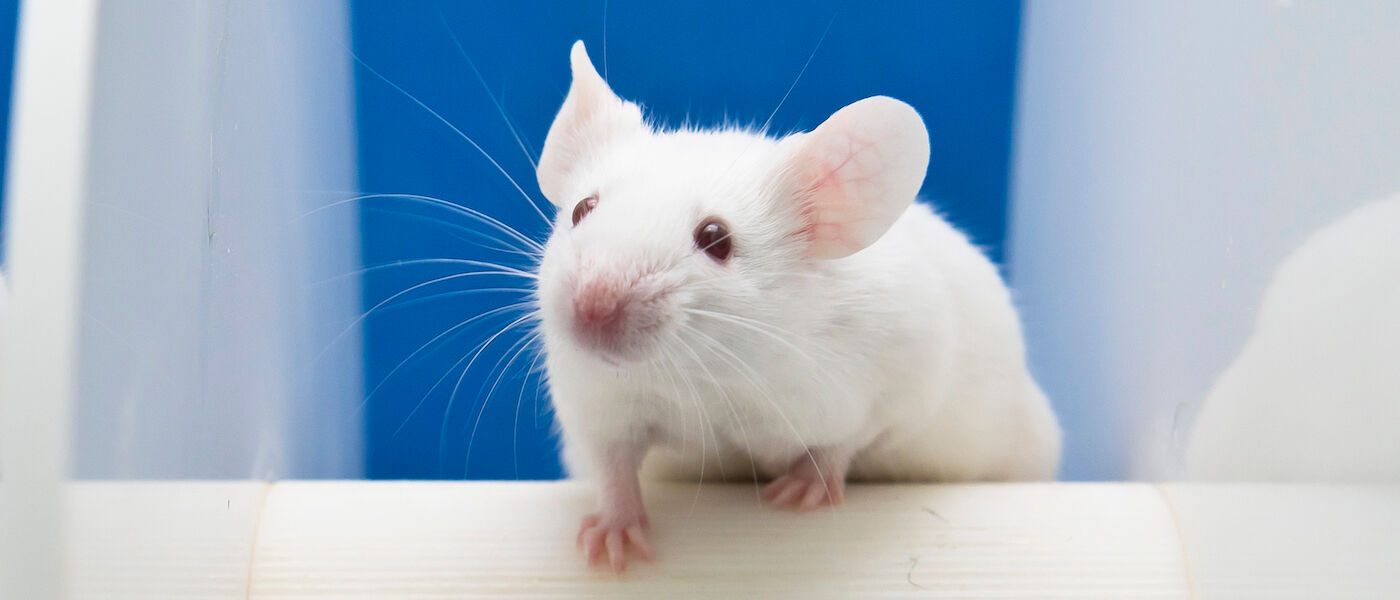Genetically engineered mice have successfully returned to Earth after a month in space

Welcome back, mighty mice! Earlier this week, genetically engineered mice known as “mighty mice” successfully returned to Earth after spending a month on the International Space Station.
Part of a project called Rodent Research-19, the mice are helping scientists understand muscle and bone loss in space.
Why are they called mighty mice?
According to Se-Jin Lee, a professor at both the University of Connecticut School of Medicine and the Jackson Laboratory in Maine, the mice were engineered to lack a specific protein called myostatin. This protein normally inhibits muscle growth, so without it the mice grew to twice their normal size. Therefore: mighty mice!
What happened in space?
The mice were put into groups: a group of mighty mice with no myostatin protein, a control group of normal lab mice, and a group of mice that were given a compound to block myostatin. Two more groups had no treatment while in space, but now that they are back on Earth will be given a myostatin blocker to see if the mice are able to recover any muscle they lost.
The myostatin blocker also has another job: blocking a different protein called actavin. Actavin regulates bone mass and increases bone density.
Why are we doing this?
By targeting the two proteins, researchers can investigate why and how bone and muscle loss occurs. Astronauts in zero gravity lose mass from their bones and muscles. Exercising every day is key to helping prevent this, but understanding the process more may help keep the astronauts even healthier.
But space isn’t the only place to which this research can be applied. When astronauts lose mass in their bones and muscles, it is very similar to aging and degenerative diseases here on Earth. Researching the effects of myostatin, activin, and the protein blocker could lead the way to new therapies and prevention for such conditions.
Are the mice okay?
Yes, they all arrived safely back to Earth! Animal research in space has many regulations and policies for ethical research.
Brad Carpenter, the chief scientist for NASA’s Space Life and Physical Sciences Research and Applications Division, noted there is also a NASA “committee that reviews [the experiment] to make sure that you’ve had the minimum impact, that you’ve minimized distress on the organism…”
Now that the mice are home, researchers can continue to study and compare the mice for effects of the proteins and blockers, paving the way for future bone and muscle studies. Thank you, moustronauts!
Interested in more space stories like this one? Catch a show in LSC’s Jennifer Chalsty Planetarium, the biggest planetarium in the Western Hemisphere. A portion of our all-live “Wonders of the Night Sky” show is always set aside for LSC Space News Now stories.
